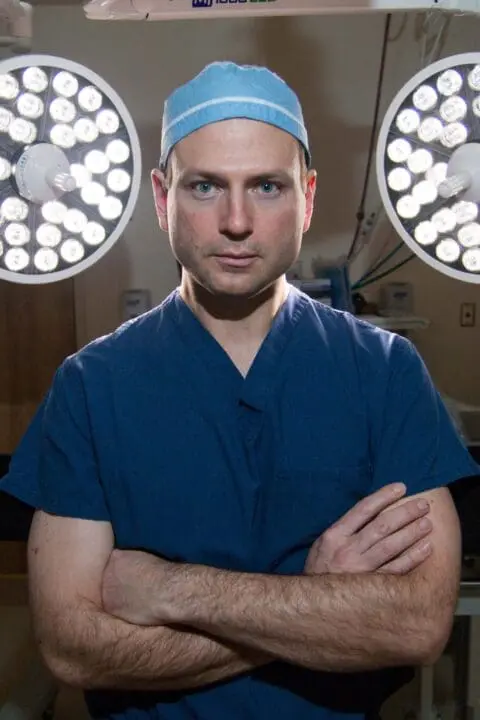Types of Skeletal Trauma
Pelvic fractures and acetabular fractures are among the most serious injuries treated by orthopedic surgeons. Periarticular fractures are another critical injury that occurs in or immediately adjacent to a joint. Since joints allow movement of the limbs, a skeletal fracture at either end of a joint can cause severe pain and disability.
An orthopedic trauma specialist like Dr. Allison has the expertise to intervene and improve outcomes from these potentially devastating injuries, as well as orthopedic disorders arising from potential complications, which can include:
Mal-Union
Non-Union
Osteomyelitis
Pelvic & Acetubular
Peri-Articular & Long-Bone
These fractures occur around or immediately adjacent a joint where bones meet and ligaments and tendons provide support and stability. Fractures near a joint can cause severe pain with movement or even inhibit range of motion. Treatment for these long bone fractures is more complex due to the surrounding structures and tissues that are often damaged at the time of injury.
Fractures & Trauma: Treatment
Some fractures, such as hip and femur fractures, require surgical treatment as quickly as possible. Other fractures can be well managed without surgery. Other types of fractures may be treated either with or without surgery, and such a decision will be based on patient preference after a full explanation of all treatment options along with their risks and benefits. The goal of treatment in these cases is to help patients return to their pre-injury level of functioning.
Please read more about advanced skeletal trauma from ncbi.nlm.nih.gov


